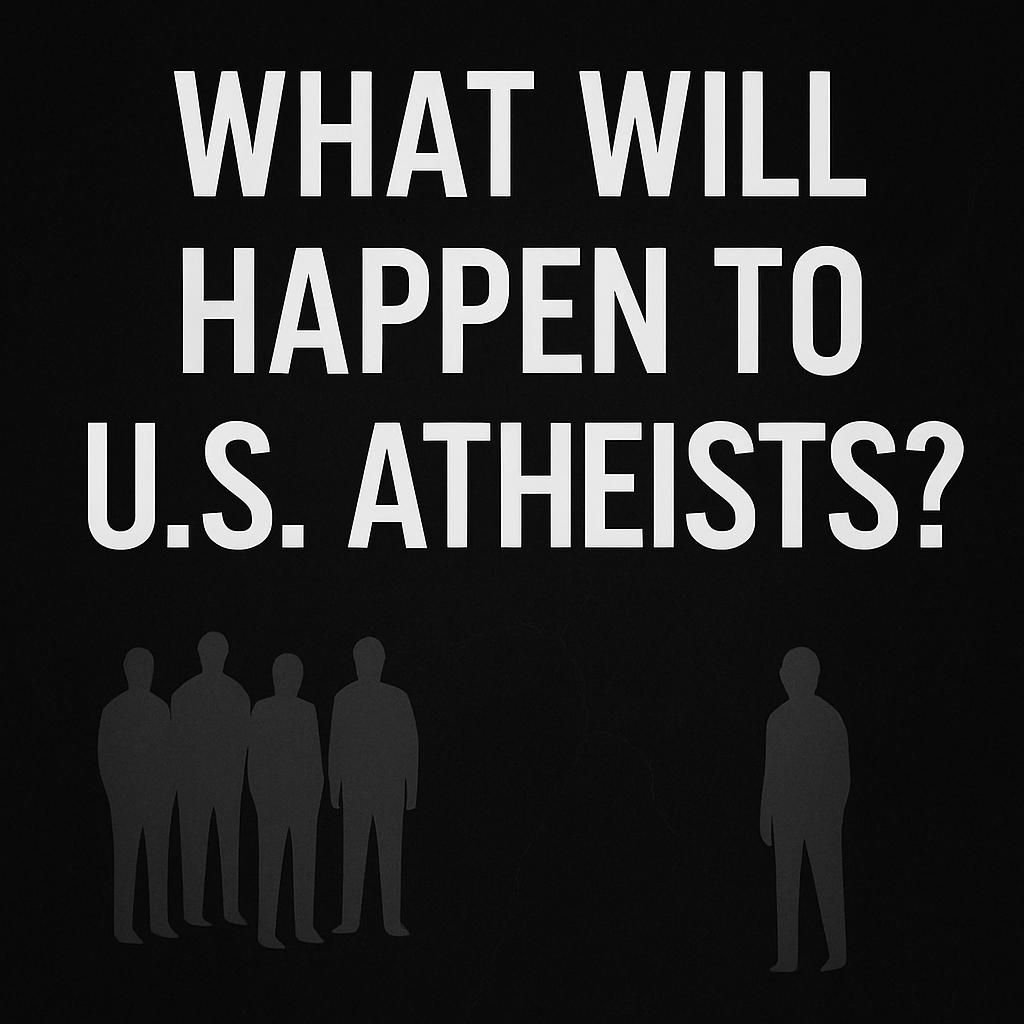Atheists are a small but significant group in the United States. They number in the millions, yet remain politically invisible. Politicians praise Christianity, recognize Jewish communities, mention Muslims and Hindus, and even flatter vague spirituality. But atheists almost never appear in political speech. When they do, the reaction is usually tense or hostile. The question is what the future holds for this marginalized group.
Demographic trends
Younger generations are far less religious than their parents. Surveys show that more than a quarter of Americans identify as having no religion. However, most still avoid the label “atheist.” They call themselves agnostic, spiritual, or simply “nothing in particular.” Yet the numbers matter. As religious affiliation declines, the taboo around atheism may weaken. Over time, this demographic change could make atheists more visible.
Political opportunities
Secular-friendly states such as California, New York, and Washington already provide space for atheist voices. Politicians there sometimes speak of “nonbelievers” or “secular citizens” without serious damage. As the secular vote grows, these references may spread. Alliances with humanists, scientists, and free-thought groups could give atheists more organized lobbying power. The next stage would be direct representation—an openly atheist member of Congress or even a senator. For now, this remains rare, but not impossible.
Risks of backlash
The opposite trend is also possible. In conservative states, religious groups remain powerful. They can frame atheists as immoral or un-American. If cultural or economic crises intensify, scapegoating could return. In such an atmosphere, politicians would again avoid the label. The risk is not only silence but renewed hostility, with atheists cast as a threat to the nation’s moral fabric.
Possible scenarios
The future of atheists in the United States can unfold in several directions. None of them is predetermined. Each depends on social change, political courage, and the pace of secularization.
Gradual acceptance
The first scenario is slow but steady normalization. As younger generations grow up with less religious attachment, they are less suspicious of people without belief. In surveys, millennials and Generation Z show far more tolerance toward atheists than older groups. If this trend continues, politicians will face less risk when mentioning atheists. A candidate openly identifying as an atheist could eventually win office, not only in liberal districts but even in some swing states. The change would not happen overnight, but over decades.
Permanent marginalization
The second scenario is stagnation. Atheists remain tolerated in private but excluded in public. Politicians keep using neutral terms like “nones” or “secular Americans,” avoiding the word “atheist.” The group remains invisible, despite being millions strong. This scenario would mean that silence itself becomes a permanent political strategy. Atheists would still exist in universities, sciences, and culture, but not in the halls of power.
Backlash
The third scenario is more dangerous. In times of crisis, atheists could once again become scapegoats. Religious leaders might blame them for moral decay, cultural decline, or even national weakness. A politician could revive Cold War–style rhetoric, portraying atheism as un-American. In conservative states, such rhetoric would still find strong support. In this case, atheists would not only remain marginalized but could face open hostility again.
Integration
The fourth scenario is the most optimistic. Here, atheists are not seen as outsiders but as part of the wider landscape of belief and nonbelief. They are mentioned alongside Christians, Jews, Muslims, and others as equal citizens. Politicians could frame atheism within the principle of freedom of belief. This would not erase differences but normalize them. In this scenario, U.S. democracy matures to the point where mentioning atheists is as ordinary as mentioning any religion.
Global lessons for the U.S.
Other countries provide examples. In Scandinavia and the Czech Republic, atheism carries little stigma. Politicians can speak of it openly without risk. In contrast, in the Middle East or South Asia, atheism remains dangerous, sometimes even criminal. The U.S. lies between these extremes. Its future will depend on whether secularization keeps advancing or whether religious politics regains strength.
Conclusion
The fate of atheists in America is undecided. They could gain recognition with demographic change, or remain on the margins if prejudice persists. They might even face renewed hostility if religion is weaponized again in politics. At the same time, they could also be integrated into a pluralist framework of belief and nonbelief.
Their visibility will test the limits of American democracy itself. A democracy that cannot name atheists openly is not a fully equal one. The future of this small group will show whether America is ready to embrace both the right to believe and the right not to believe.

Leave a Reply